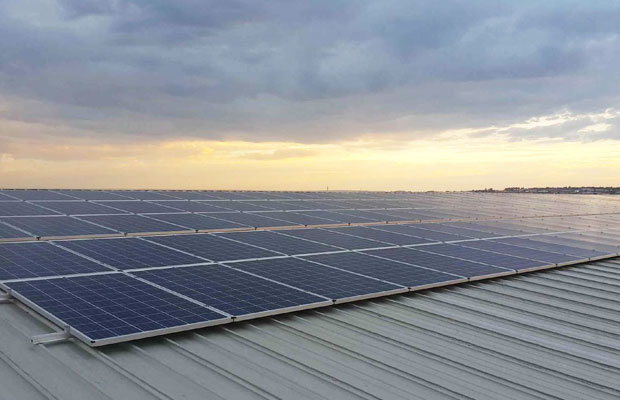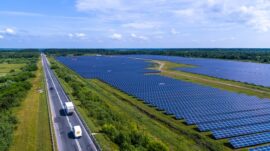Highlights :
Solar PV alone is forecast to cross 190 GW, led by China accounting for 46% of total new RE capacity.

A new report by the International Energy Agency (IEA) predicts that new RE capacity across solar, wind and other sectors will collectively exceed 300 GW globally this year for the first time against 295 GW in 2021. A strong policy environment in China and the EU drove most of this expansion in PV this year. The report further reads that China alone accounted for 46%, commissioning more than 140 GW on average per year, largely because of solar PV deployment.
Solar is forecast to take the biggest pie of the increase, accounting for 60% of the global increase in RE capacity this year. The IEA predicts that the solar will be commissioned to the tune of 190 GW, a 25% gain from last year. While solar PV is forecast to break another record in 2023, reaching almost 200GW, an expected 40% decline in hydropower expansion will offset the advantage.
The IEA report further added that renewable capacity additions increased by 6% in 2021 across the globe despite persistent pandemic-induced supply chain challenges, construction delays, and record-level raw material and commodity prices. It bears a testimony to the RE fast emerging as the best bet for all irrespective of geography, geology, politics and history.
The new urgency for RE has been catalysed by the Russian invasion of Ukraine, according to IEA Executive Director Fatih Birol adding, “Energy market developments in recent months, especially in Europe, have proven once again the essential role of renewables in improving energy security, in addition to their well-established effectiveness at reducing emissions. Cutting red tape, accelerating permitting and providing the right incentives for faster deployment of renewables are some of the most important actions governments can take to address today’s energy security and market challenges, while keeping alive the possibility of reaching our international climate goals.”
While predicting solar PV costs will remain higher in 2022 and 2023 than pre-pandemic levels, the IEA said the technology’s price competitiveness had actually improved due to much sharper increases in natural gas and coal prices.



























